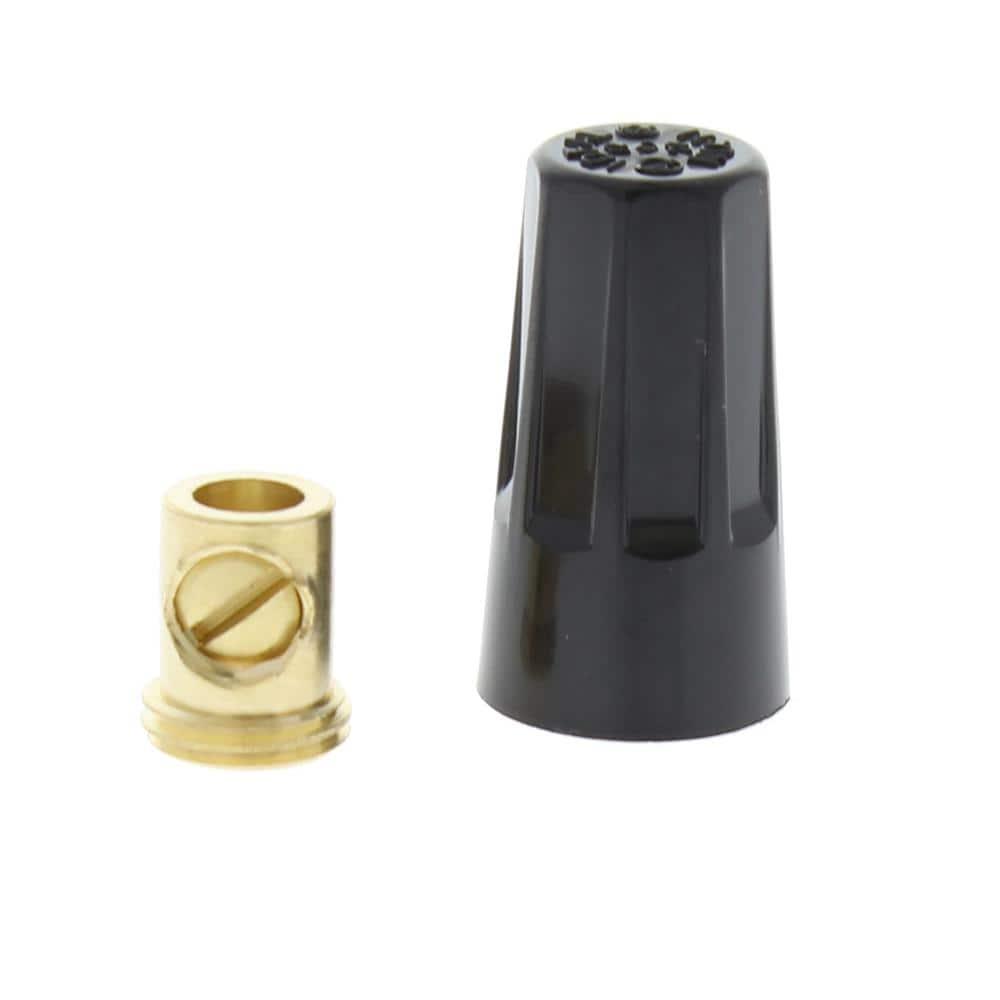OffGridForGood
Catch, make or grow everything you can.
These things are MarrettesThese things are "Ideal"
These things are MarrsI've used quite a few set-screw wire nuts now, permanent wiring, test setups, and at work. Easier to redo because they don't get the strands tangled together.
https://en.wikipedia.org/wiki/Twist...ade name for such,actual brand of the product.
William P Marr.
he didn't have the "shot through the heart" leading up to his invention, his accident was molten lead!



